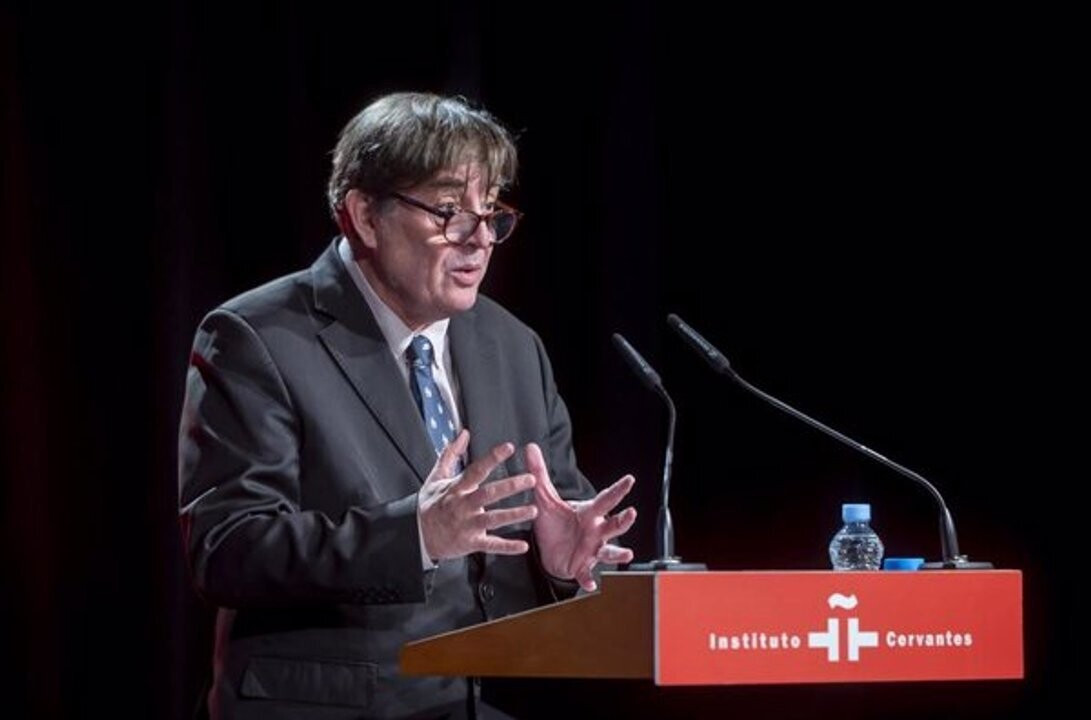
According to the most conservative estimates, one in three could be a Spanish speaker with limited proficiency in non-Spanish-speaking countries.
100 million students before the end of the century. The number of Spanish learners between 2024 and 2025 grew by 1.5%. Spanish speakers grew by 30 million in 2025, 5% more than the previous year, reaching 635 million potential speakers worldwide, according to the Cervantes Institute's Yearbook, which also reveals that students of this language could reach 100 million before the end of the century.
According to the latest edition of 'Spanish in the World 2025', presented this Tuesday, the community with native proficiency in the Spanish language exceeds, for the first time, 500 million speakers and reaches 520 million, becoming the third largest in the world, behind the communities of native Mandarin Chinese and Hindi speakers.
To this figure are added 92 million users with limited skills and the more than 24 million learners of the Spanish language. In his presentation, the director of the Cervantes Institute, Luis García Montero, highlighted the digital presence of Spanish, which is already the second language after English.
He also emphasized as novelties of the Yearbook that Spanish is not just a vocabulary: "It is a community of values and international force in diplomatic relations", with a prominent role in the UN, the EU, the Organization of American States (OAS) and the African Union.
Currently, in Spanish-speaking countries, there are nearly 460 million speakers with native proficiency in Spanish, and 25 million with limited proficiency. And beyond, there are more than 127 million potential Spanish speakers in non-Spanish-speaking countries. The European Union as a whole is home to more than 45 million Spanish speakers, aside from residents in Spain.
The total percentage growth of native speakers since 2012 is 22%; the natural demographic growth has been slowing down while emigration to and between Spanish-speaking countries has increased. Meanwhile, the group of speakers with limited or basic skills has grown by 79% since 2012, driven by the teaching of Spanish in the education systems of several European countries, the United States, and Brazil.
It is estimated that the native Spanish-speaking population will peak between 2050 and 2070. One in ten native Spanish speakers resides in non-Spanish-speaking countries, a data point that points to its relevance as a migrant language.
The sustained growth rate could lead to 100 million students before the end of the century if the level of institutionalization of teaching is adequate. The total percentage growth of Spanish language learners since 2012 is 36% due to the institutionalization of Spanish as a foreign language and its growing presence in educational and social spaces. The territories that contribute the most to the total number of Spanish learners are the United States, Brazil, and several countries in the European Union.












